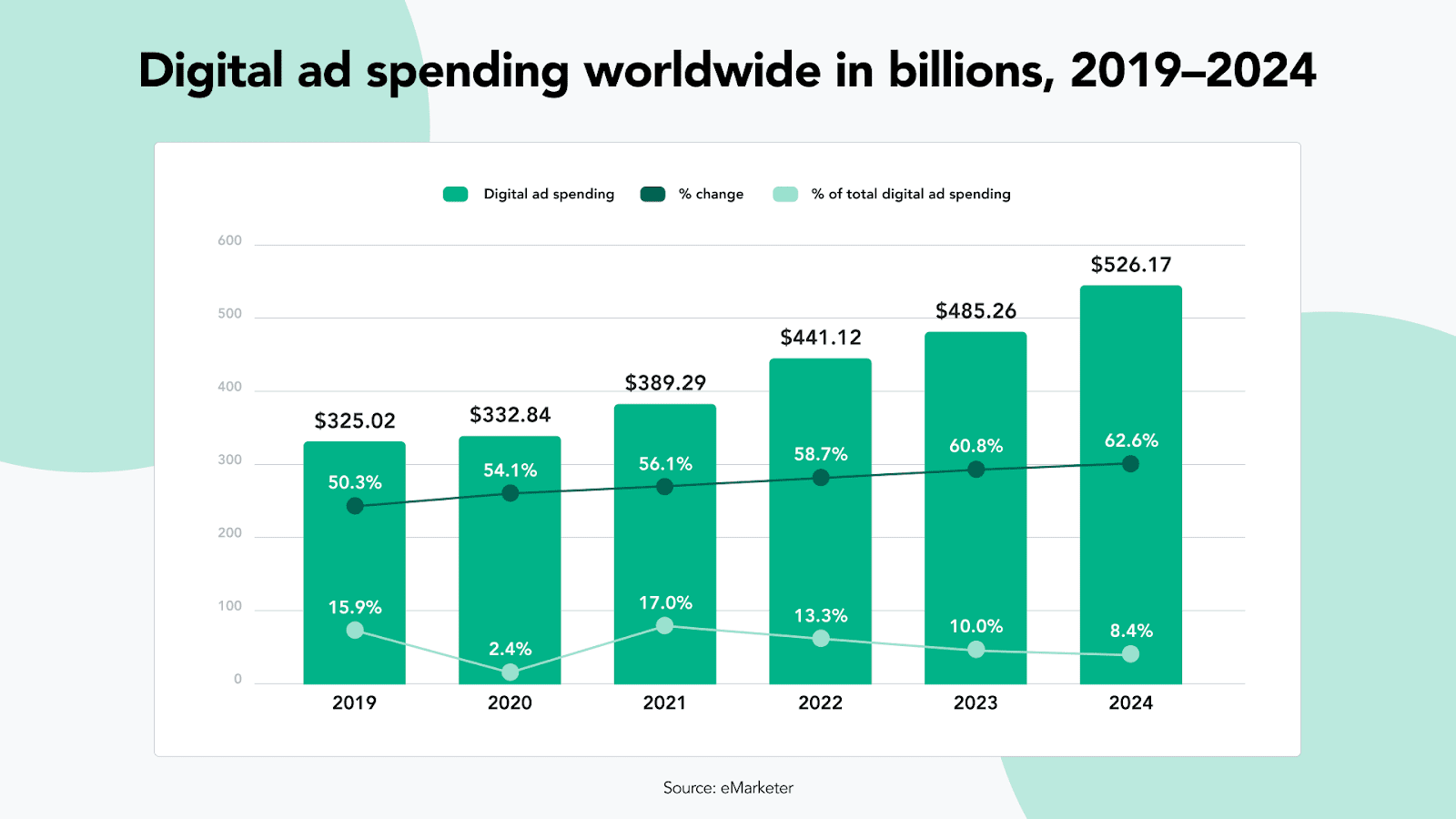In today’s digital era, a successful marketing strategy goes beyond traditional channels. With the rising popularity of video content, brands have a unique opportunity to boost their reach and engagement through Omni-Channel marketing. By seamlessly integrating video across multiple platforms, brands can connect with their audience in a more compelling and memorable way.
Video marketing has become increasingly influential, with statistics showing that video content is more likely to be shared, liked, and commented on compared to other types of content. With the right approach, videos can rapidly spread across various channels, increasing brand visibility and driving conversions.
But how can brands leverage the Omni-Channel advantage? By strategically distributing video content across their website, social media platforms, and even offline channels, brands can create a cohesive and consistent message that resonates with their target audience. By using a brand voice that is authentic, relatable, and aligns with their values, brands can capture attention and forge deeper connections with their customers.
In this article, we will explore the power of Omni-Channel video marketing and how it can help boost your brand’s reach and engagement. We’ll provide insights, tips, and real-life examples to inspire your own video marketing strategy. So, let’s dive in and unlock the full potential of video marketing in the Omni-Channel era.
Understanding the omni-channel approach
To truly understand the power of video marketing in the Omni-Channel era, it’s important to grasp the concept of Omni-Channel marketing itself. Omni-Channel marketing is a strategy that involves creating a seamless and integrated customer experience across various channels and touchpoints. It aims to provide a consistent and personalized experience for the customer, regardless of the channel or device they are using.
Incorporating video into an Omni-Channel strategy allows brands to leverage the unique strengths of different platforms and connect with their audience on a deeper level. By strategically distributing video content across their website, social media platforms, and even offline channels, brands can create a cohesive and consistent message that resonates with their target audience.
The power of video marketing
Video marketing has become increasingly influential, with statistics showing that video content is more likely to be shared, liked, and commented on compared to other types of content. Videos have the power to evoke emotions, tell stories, and deliver messages in a way that text or images alone cannot achieve. With the right approach, videos can rapidly spread across various channels, increasing brand visibility and driving conversions.
Video marketing statistics and trends
To truly understand the impact of video marketing, let’s take a look at some compelling statistics and trends. According to a recent survey, videos generate 1200% more shares on social media compared to text and images combined. Additionally, 92% of mobile video consumers share videos with others, and 90% of customers say that videos help them make buying decisions.
The rise of video consumption on various platforms, such as YouTube, Instagram, and TikTok, has also opened up new opportunities for brands to reach their target audience. Short-form videos, in particular, have gained immense popularity, with platforms like TikTok boasting billions of monthly active users. By tapping into these trends and adapting their video content to suit different platforms, brands can effectively expand their reach and engagement.
Incorporating video into your marketing strategy
Now that we understand the power of video marketing, let’s explore how brands can incorporate video into their overall marketing strategy. It’s important to start by defining clear objectives for your video marketing efforts. Whether it’s to increase brand awareness, drive website traffic, or boost conversions, having a clear goal will help shape your video content and distribution strategy.
When creating video content, it’s crucial to keep your target audience in mind. Understanding their preferences, interests, and pain points will allow you to create videos that resonate with them on a deeper level. By using a brand voice that is authentic, relatable, and aligns with their values, brands can capture attention and forge deeper connections with their customers.
Creating compelling video content
To create compelling video content, it’s essential to focus on storytelling and emotions. Instead of solely promoting your products or services, aim to tell a story that resonates with your target audience. Whether it’s through customer testimonials, behind-the-scenes footage, or inspirational narratives, storytelling can captivate viewers and leave a lasting impression.
Additionally, the length and format of your videos should be tailored to the platform and audience you are targeting. For example, shorter videos work well on social media platforms, while longer-form videos may be more suitable for your website or YouTube channel. Experimenting with different video formats, such as tutorials, product demonstrations, or live streams, can help keep your content fresh and engaging.
Optimizing videos for search engines
To ensure that your videos are discoverable, it’s important to optimize them for search engines. Start by conducting keyword research to identify relevant keywords and phrases that your target audience is likely to search for. Incorporate these keywords naturally into your video titles, descriptions, and tags to improve your video’s visibility in search results.
In addition to keywords, consider adding captions or subtitles to your videos. This not only improves accessibility for viewers but also provides search engines with more text to index, potentially boosting your video’s search rankings. Finally, don’t forget to optimize your video’s thumbnail image, as it can greatly impact click-through rates and engagement.
Leveraging social media for video marketing
Social media platforms offer a wealth of opportunities for brands to showcase their video content and engage with their audience. When sharing videos on social media, it’s important to consider the platform’s specific requirements and best practices. For example, Instagram is known for its visually appealing content, so focus on creating eye-catching videos that fit within the platform’s square or vertical format.
Additionally, take advantage of features like Instagram Stories or Facebook Live to create more interactive and authentic video experiences. These features allow brands to connect with their audience in real-time and foster a sense of community. Encouraging user-generated content and running video contests can also help increase engagement and brand loyalty.
Measuring the success of your video marketing campaigns
To gauge the effectiveness of your video marketing efforts, it’s essential to track and measure key metrics. Start by setting specific goals and KPIs that align with your objectives. For example, if your goal is to increase brand awareness, metrics such as views, shares, and reach can provide valuable insights.
In addition to basic metrics, consider diving deeper into engagement metrics, such as watch time, likes, comments, and click-through rates. These metrics can help you understand how viewers are interacting with your videos and identify areas for improvement. Finally, don’t forget to analyze your conversion metrics, such as website traffic, leads generated, or sales attributed to your videos.
Tools and resources for video marketing
To make the most of your video marketing efforts, it’s important to leverage the right tools and resources. From video editing software to analytics platforms, there are numerous tools available to help you create, distribute, and measure the success of your videos. Some popular options include Adobe Premiere Pro, Canva, Google Analytics, and YouTube Analytics.
Additionally, staying up-to-date with industry trends and best practices can provide valuable insights and inspiration for your video marketing strategy. Follow thought leaders, attend webinars or conferences, and join online communities to stay connected with the latest developments in video marketing.
Conclusion
Video marketing has become an essential component of any successful Omni-Channel marketing strategy. By strategically distributing video content across multiple channels, brands can boost their reach and engagement, connect with their audience on a deeper level, and drive conversions. By understanding the power of video marketing, incorporating it into your overall marketing strategy, and leveraging the right tools and resources, you can unlock the full potential of video marketing in the Omni-Channel era. So, start creating compelling videos, embrace the Omni-Channel advantage, and watch your brand’s reach and engagement soar to new heights.




